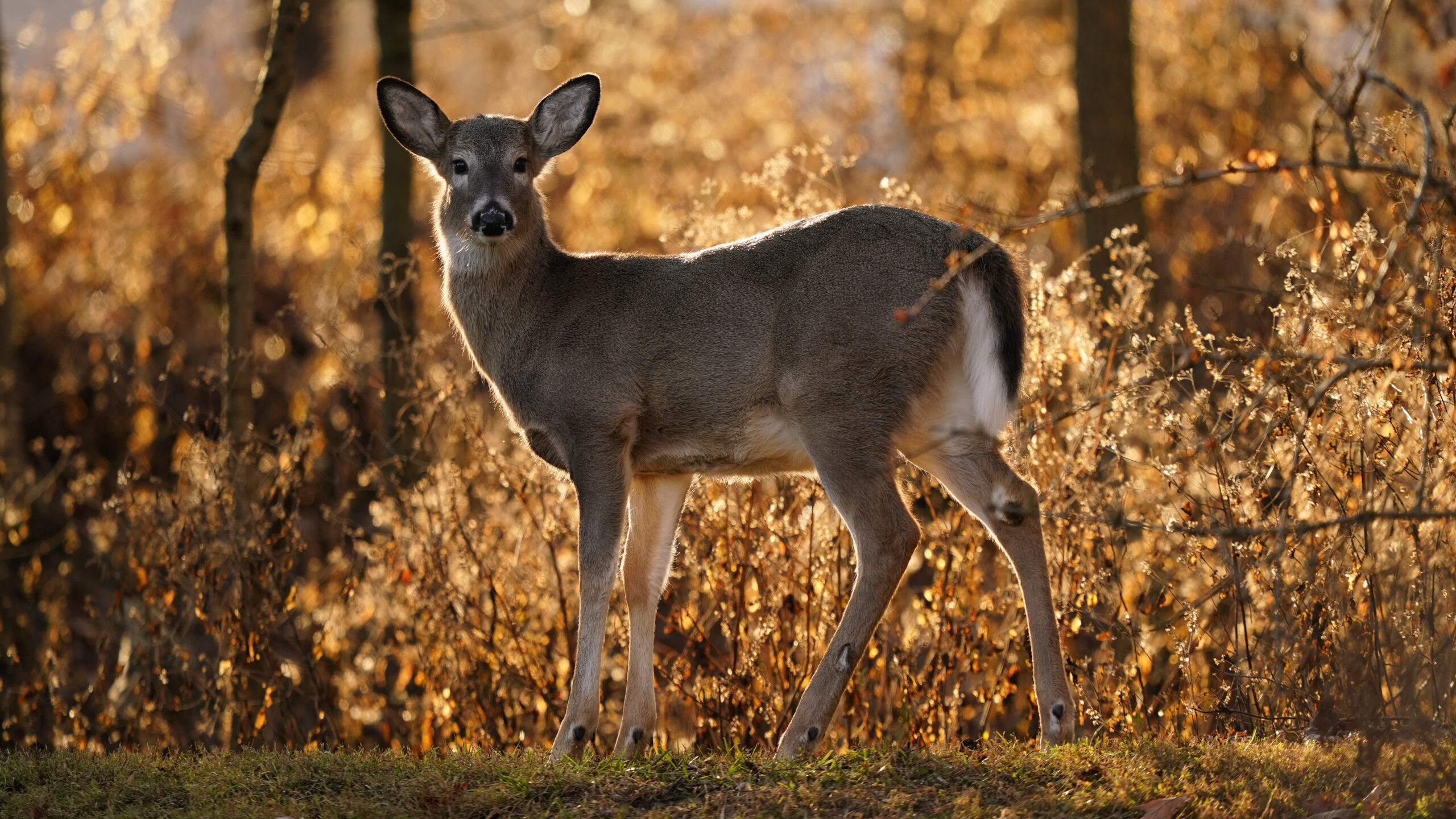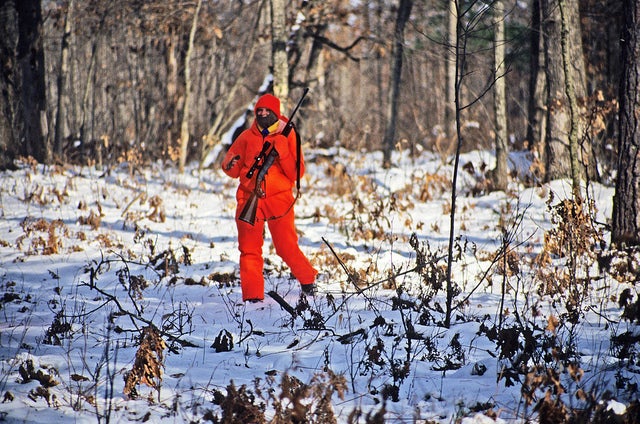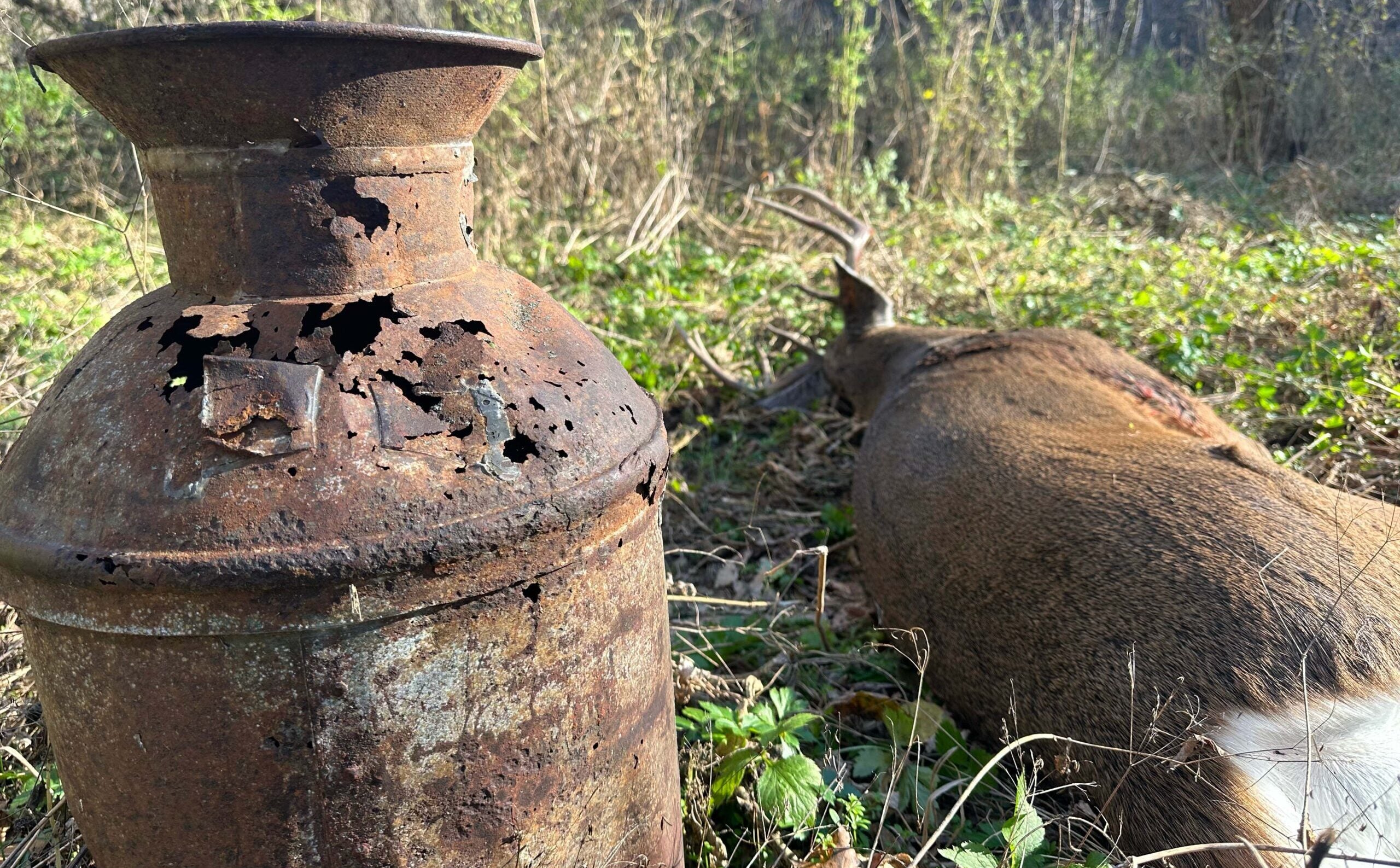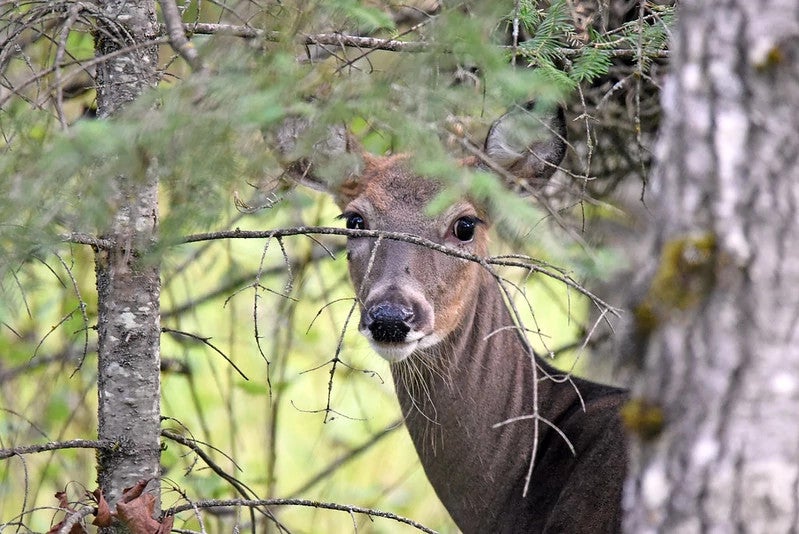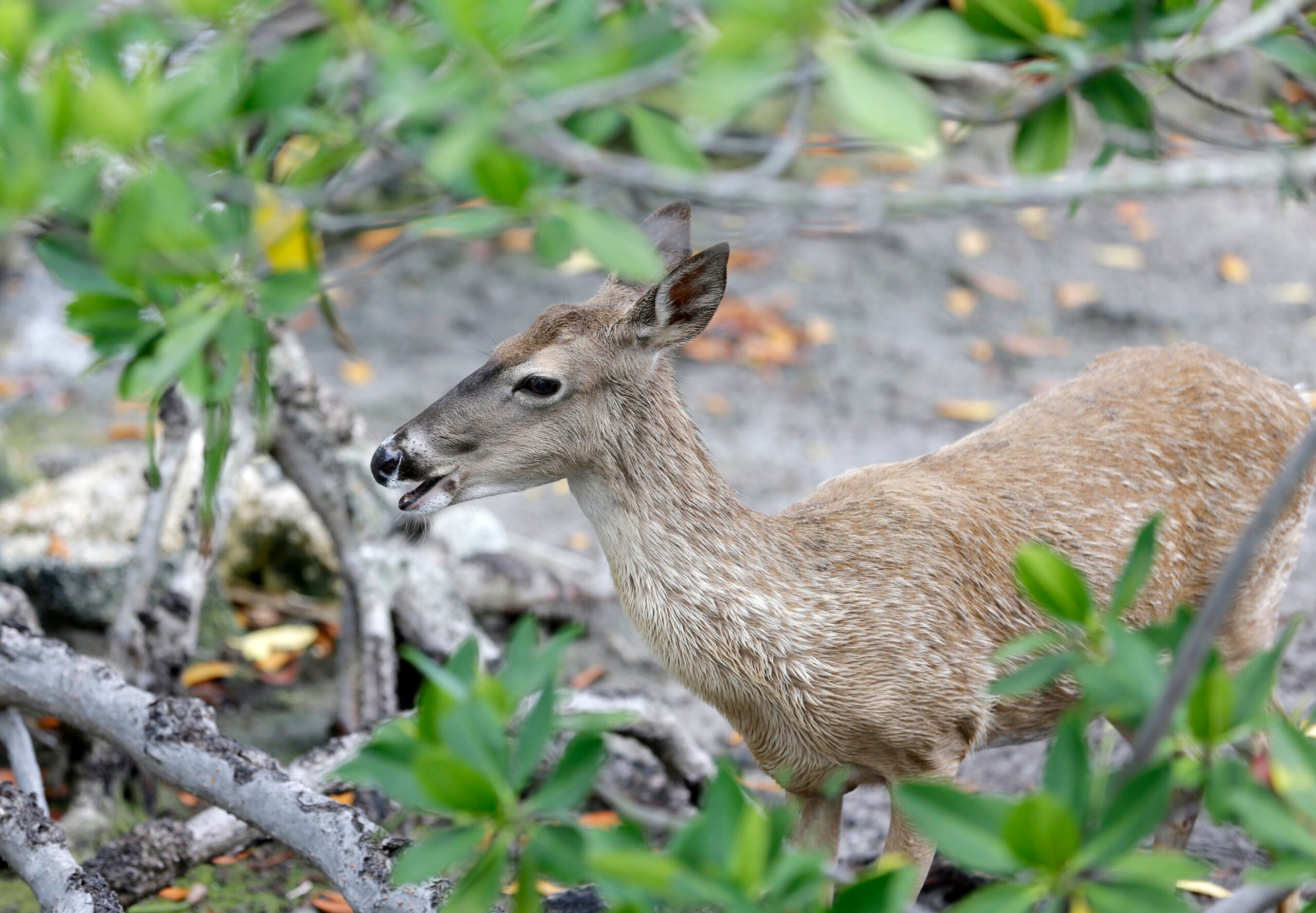Northern counties could manage deer based on habitat rather than county lines for the first time in a decade under changes proposed by the Wisconsin Department of Natural Resources.
Some say that could improve their ability to manage the deer population.
The DNR is proposing revising boundaries for the state’s deer management units, which the agency reviews every few years. The state is considering changes within the northern and central forest zones, as well as metropolitan subunits or more developed areas of the state.
News with a little more humanity
WPR’s “Wisconsin Today” newsletter keeps you connected to the state you love without feeling overwhelmed. No paywall. No agenda. No corporate filter.
The DNR’s State Deer Program Specialist Jeff Pritzl said no changes have been made to unit boundaries since a county-based system of deer management was established in 2014.
“We’re looking at that for the first time,” Pritzl said.
County deer advisory councils, or CDACs, recommend harvest quotas and the number of antlerless permits or doe tags to issue each year to meet county objectives for the deer population. However, Pritzl said it’s been challenging for large northern counties where the abundance of deer and landscapes vary greatly.
Kevin Schanning, chair of the Bayfield County CDAC, said the northern part of the county is very forested, whereas the central and southern areas have more farmland.
“The northern part of the county, there is a lot of private land there, but there’s fewer deer. We’d like to be able to direct the harvest to the places where there’s possibly overpopulation or overabundance, which is more in the agricultural zones,” Schanning said. “But there’s no easy way to do that, given the tools that the CDAC has right now.”
Currently, deer management units largely mirror county lines following recommendations made by Texas-based researcher James Kroll in his 2012 deer trustee report.
In 2011, former Republican Gov. Scott Walker commissioned an independent review of the state’s deer program in response to hunter dissatisfaction with deer management. Kroll recommended forming county committees, resulting in creation of county deer advisory councils in 2014.
Prior to that, the DNR had overseen units based on habitat rather than county boundaries since the 1960s.
Schanning said returning to units that manage deer based on habitat rather than county lines is one way to better target harvests. He said they could issue antlerless permits where they want to draw down the population and avoid them where they’d like the herd to grow.
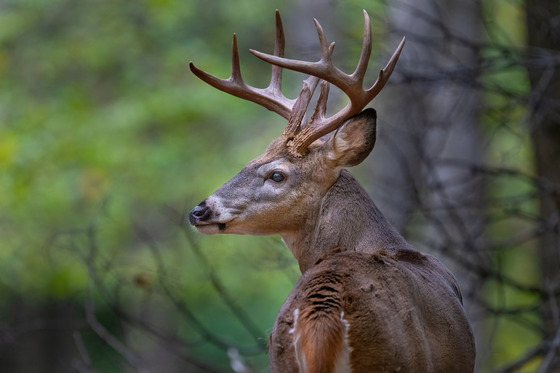
Last year, the deer harvest dropped 30 percent in the northern forest region due to a lack of snow and a severe winter the year prior. That prompted Republican lawmakers to introduce a bill that sought to ban hunting does or antlerless deer for four years in northern Wisconsin. Gov. Tony Evers vetoed the legislation, but many have urged a closer look at deer management up north.
Bayfield, Florence and Oneida counties are among those who have faced challenges with managing the herd across differing habitats, Pritzl said. That’s created tension between CDACs and hunters. Under a conservative quota, he said counties risk taking opportunities away from hunters. However, a more liberal quota could anger hunters who don’t want to see harvest where deer are lacking.
“They’d like to be able to target those antlerless permits and make that opportunity available on the portion of the county where the deer herd can sustain it, while being more conservative on the other side of the county,” Pritzl said.
Schanning said they receive a lot of feedback from people who want to see more deer in the forested areas of the county where the deer population tends to be lower. He said revising boundaries to manage deer by habitat rather than county lines may resolve conflicts.
Under proposed changes, Pritzl said the northern forest zone could see about half of the roughly 40 deer management units that existed prior to the county-based system. He said larger units would provide more accuracy in developing population models to monitor the deer herd. However, the proposed units would overlap multiple counties, requiring CDACs to work together on harvest recommendations.
In the central forest zone, Pritzl said there’s interest in reducing the size of deer management units across Wood, Adams, Juneau and Monroe counties.
Scott Pitta, chair of the Adams County CDAC, said the county is currently split into two units. Officials there are considering whether to make the entire county one unit to reduce confusion for hunters.
“Confusion begins when people buy a tag for one unit and hunt in the other,” Pitta said. “Then they got the wrong tag for where they’re hunting, and that’s a common problem.”
In metropolitan subunits, Pritzl said changes could expand boundaries to provide more hunting opportunities as residential development has expanded, limiting access to deer.
The agency is pursuing an aggressive timeline to implement the changes. The DNR aims to present a final recommendation to the Natural Resources Board for approval early next year to incorporate any changes for the 2025 deer season.
Wisconsin Public Radio, © Copyright 2025, Board of Regents of the University of Wisconsin System and Wisconsin Educational Communications Board.

